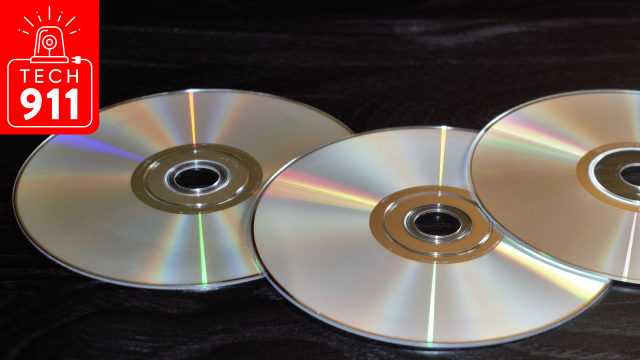Years ago, I finally made the decision to stop buying an optical drive when building a new PC, because I can’t remember the last time I actually needed to put a disc into my computer. Yes, I’ll probably still get a 4K player someday — once the next PlayStation 5 or Xbox Whatever drops — but we live in a streaming and downloadable world now. It’s easy to make a bootable USB drive that’s even faster than installing something (like Windows 10) from a disc.
However, the entire world hasn’t moved away from discs quite yet.
Normally, I would expect a disc image to come in the form of a .BIN and a .CUE file. If you’re planning to burn your .IMG file to a physical disc, I recommend using CloneCD to ensure the copy is flawless. The app’s trial/free version should be all you need.
Similarly, you can install Virtual CloneDrive (Windows) if you want to mount your downloaded files as a disc instead. To your operating system, it’ll appear as if you slapped a physical disc in an operating system.
This spares you the trouble from having to fiddle with the actual burning process (which might include buying new hardware and/or discs), and installing your game should go a lot faster.
I’d explore the latter, because you can then use a tool like ImgBurn (Windows) to rip and convert your virtual disc into a more universal ISO file, which you can then use on a Windows or Mac system.
I’ve been listing Windows apps so far, but for those who are reading this on a Mac, you should be able to use the Homebrew formula ccd2iso to convert what you have into an ISO file. You can then burn that to a disc using an app like Burn or mount it directly using Disk Utility.
You can also mount ISOs directly in Windows 10 — another reason to convert your image, if for nothing else than to have fewer files to deal with and a little extra convenience.

Comments